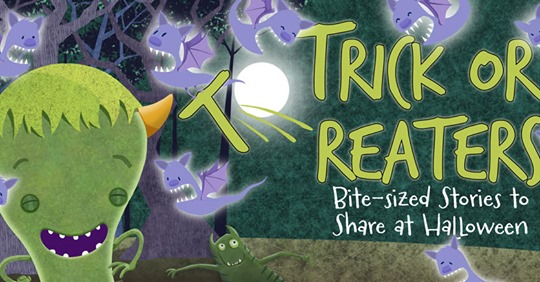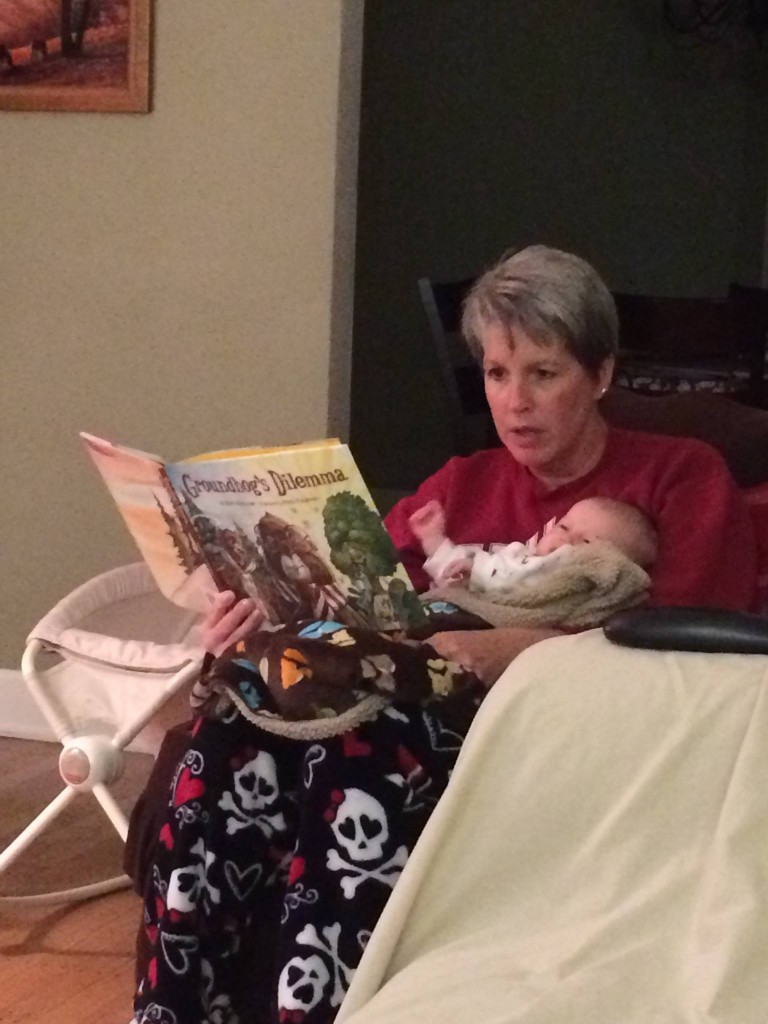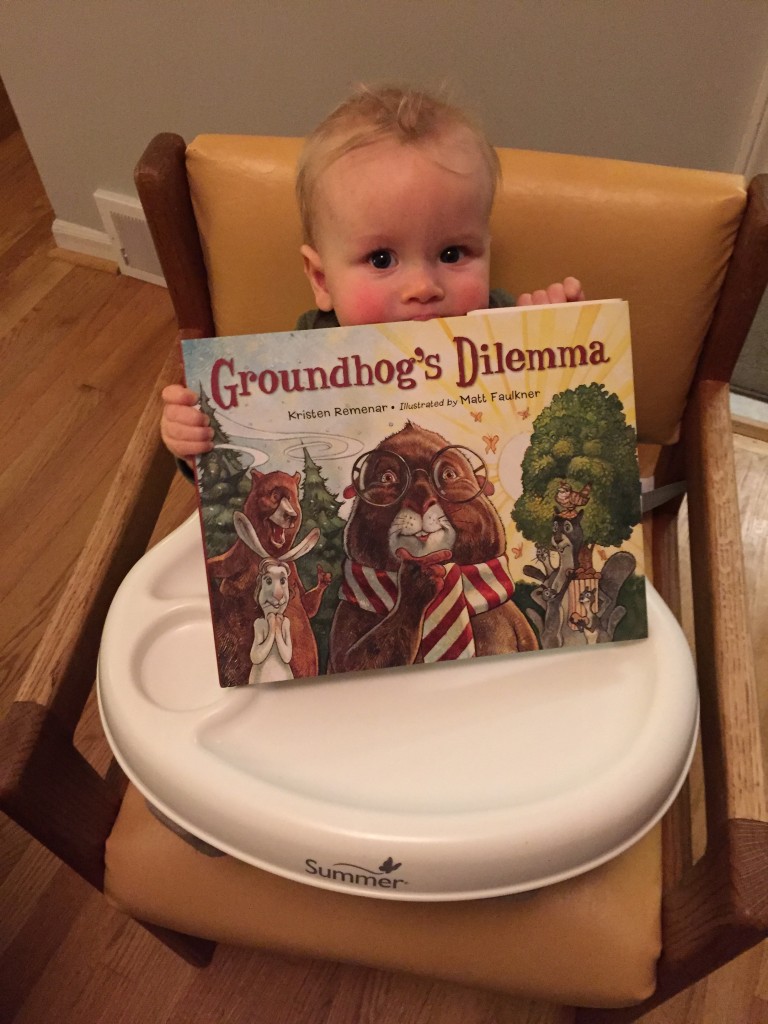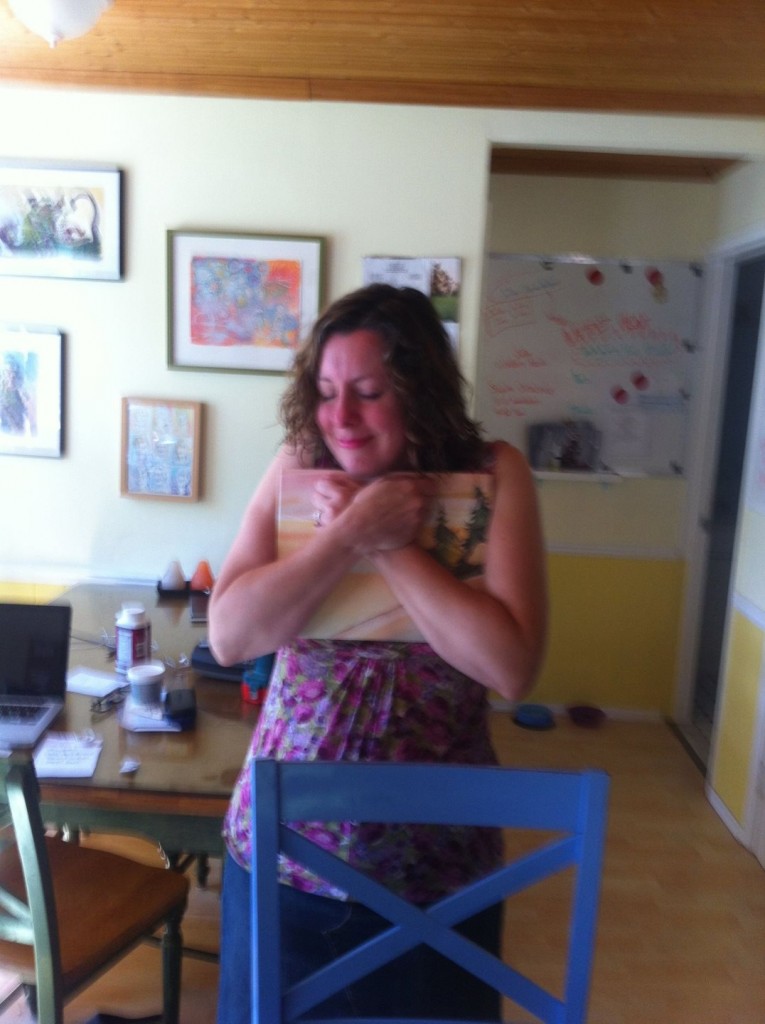Reading an “Again, again!” book in a new way
Happy Almost-the-End-of-2020! I think this year has been most challenging for those living with or working with small children. How do you keep them enticed if you can’t get new books from the library or from school? How do you keep yourself from going nuts if you’re tired of rereading the same books? Here’s how.
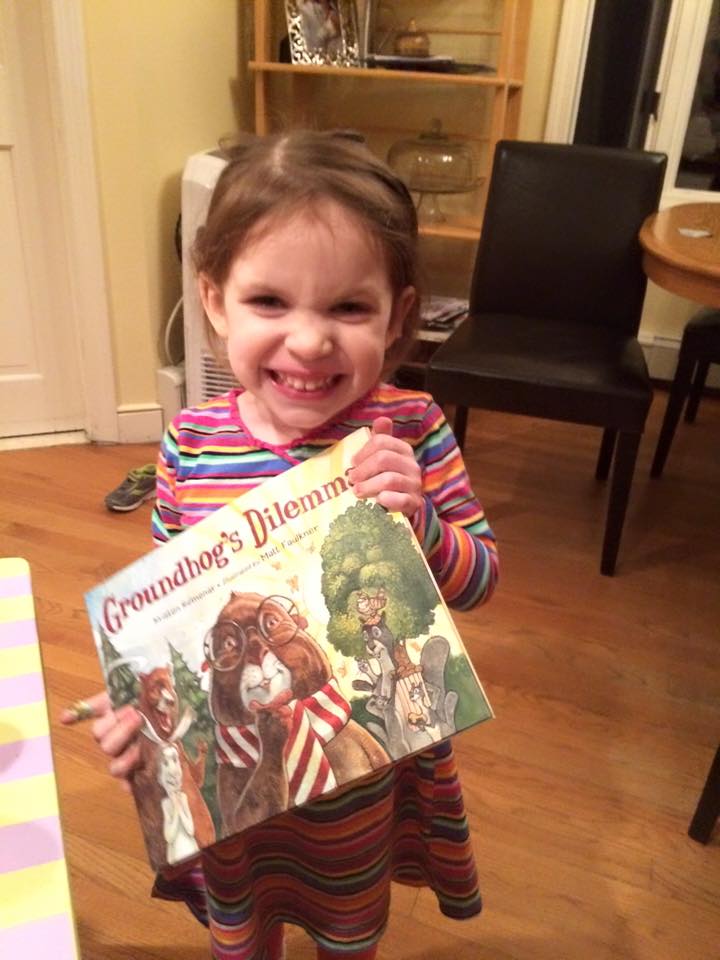
Ask your child, “What do you notice when you look at the cover of this book?” It’s really interesting to hear the details kids notice that we adults may not, the details the illustrator intentionally puts in.
“I see faces in the trees!”
“I see them now, too! Do you notice anything else?”
“The trees have snow on this side and the tree over here doesn’t have snow. So that’s winter and that’s not winter.”
“I wonder why the illustrator drew the trees that way. “
You can talk about what you see until your child is done reading the picture and wants to hear the words. The pictures often give information that the words don’t. Reading pictures is a big part of learning to read words.
This technique of letting kids lead the reading was a big shift for me as a teacher/librarian. I’m eager to get to the words. I’ve often told kids what I want them to learn from the book, trying to pour in knowledge. Lifelong learners are gatherers of knowledge. We can put kids in charge of pulling in meaning first.
Even if it’s a book you’ve read a dozen times, encourage your child to take the lead. They can tell you what they see and show you how their minds are making meaning. You may see the familiar book in a new way when your child says, “Again, again!”
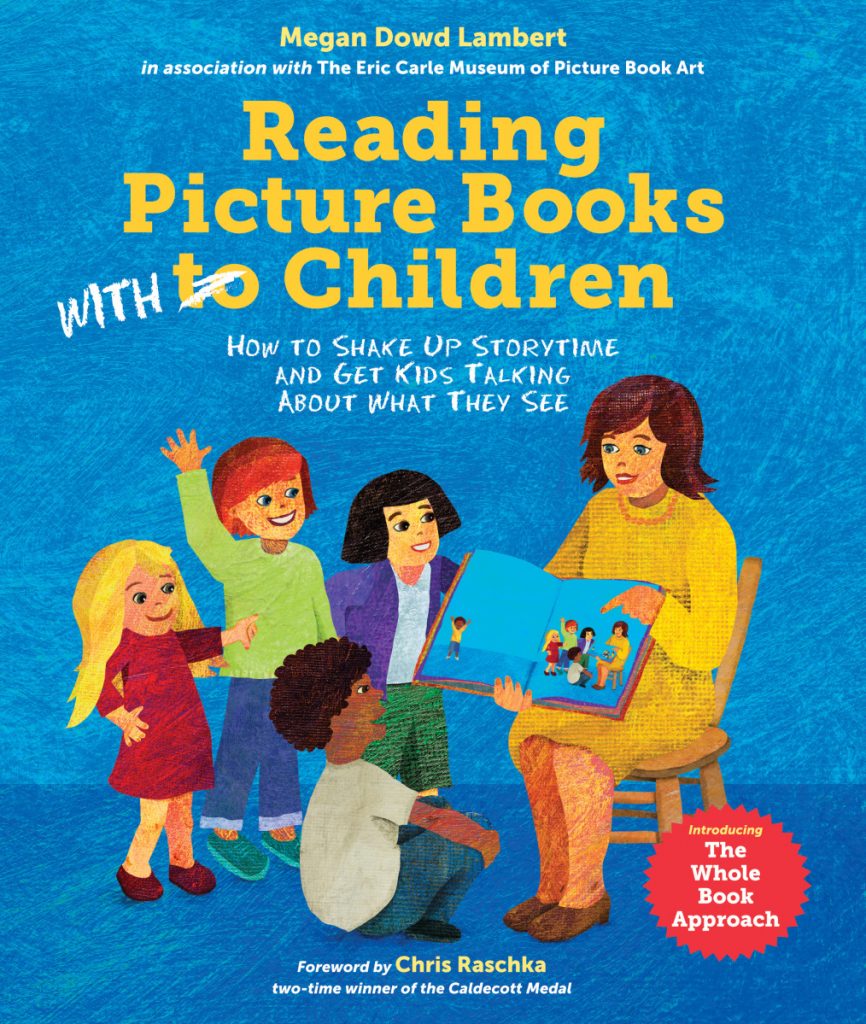
This Whole Book Approach is wonderfully taught by Megan Dowd Lambert in her book, “Reading Picture Books With Children: How to Shake Up Storytime and Get Kids Talking About What They See”. I highly recommend it!
Read MoreOn a Snow-Melting Day: Seeking Signs of Spring

April is Poetry Month and in Michigan it’s also a month full of “puddle-sploshing, crocus-poking, mitten-soaking” days. This month’s book is On a Snow-Melting Day: Seeking Signs of Spring by Buffy Silverman.
This simple poetry book is full of rhyme and imagery paired with gorgeous photos. It’s a list poem with onomatopoeia. You can read each line and see if it applies to your surroundings. Do you live where “mist lifts”? What do you see from the book that you can see when you go outside? Take your kids outside and have them point out what they see. Make a list and turn it into a list poem. See if you can come up with some cool onomatopoeia and maybe take photos. It’s a wonderful invitation to go outside and enjoy the poetry of the changing seasons. Remember to bring boots for puddle-sploshing!
It’s important: “Let’s Talk About Race”

Talking about race is hard for me, but that doesn’t let me off the hook. Racism isn’t either/or, as in I don’t shout hateful slurs therefore I’m not racist. I’m racist because I’d rather hide any prejudice I have from growing up as a white, middle-class, suburban female in America than have important conversations where I might feel uncomfortable. My silence won’t help our kids. So let’s talk about it.
Let’s Talk About Race was written by Julius Lester and illustrated by Karen Barbour. Lester, who sadly died in 2018, wrote, “I am a story. So are you. So is everyone.” He wanted kids to know that being African-American was an important part of his story, not the entirety of it. He wanted to engage kids in conversations to see our differences and our commonalities. “What is your favorite food, your religion, your favorite color, your nationality? All of these things are a part of our stories.” But, he reminds us all, “…some stories are true. Some are not. Those who say ‘MY RACE IS BETTER THAN YOUR RACE’ are telling a story that is not true.”
After you read Let’s Talk About Race with your kids, talk about race! Open up a safe conversation where students can share and ask questions. Work hard not to deny experiences, and challenge with compassion any statements that make others “less than.” And talk about all the other wonderful parts of our stories, from favorite foods to hair color to pet peeves. You can make a questionnaire based on all the elements Lester talks about for kids to answer about themselves. Then, kids can find someone who had the same answer on their list. When we help our children talk about race and equality, we help build a stronger, kinder world.
Read MoreEasy choice: GROUNDHOG’S DILEMMA!
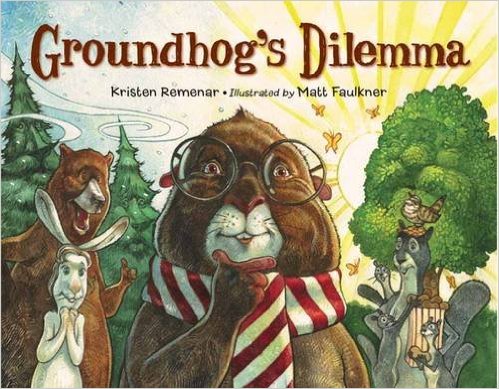
In Michigan, the only predictable thing about the weather is its unpredictability, and I bet it’s like that where you live, too. Weather makes life so hard for Groundhog in Groundhog’s Dilemma – my book!
Half of Groundhog’s friends want him to predict an early spring, and the other half want a longer winter. Groundhog wants to please everyone, so when February 2nd comes, Groundhog has a dilemma: to see or not to see his shadow?
I have free printable activities for you! Just click on the book cover on the right side of this page. You can use the fun facts sheet for informational reading and as a springboard for animal research projects. Because the characters in this book have strong opinions and are trying to persuade our hero Groundhog (who is not immune to the lures of membership on a team or blueberry pie), use Groundhog’s Dilemma as a prompt for writing an opinion piece. Students can write a persuasive letter to Groundhog. Kids who send letters to Groundhog via my email will receive responses!
February 2nd is my birthday so Groundhog Day has always been my favorite holiday. I hope you enjoy it as much as these kiddos do!
Less “tizzy-busy”, more joy!
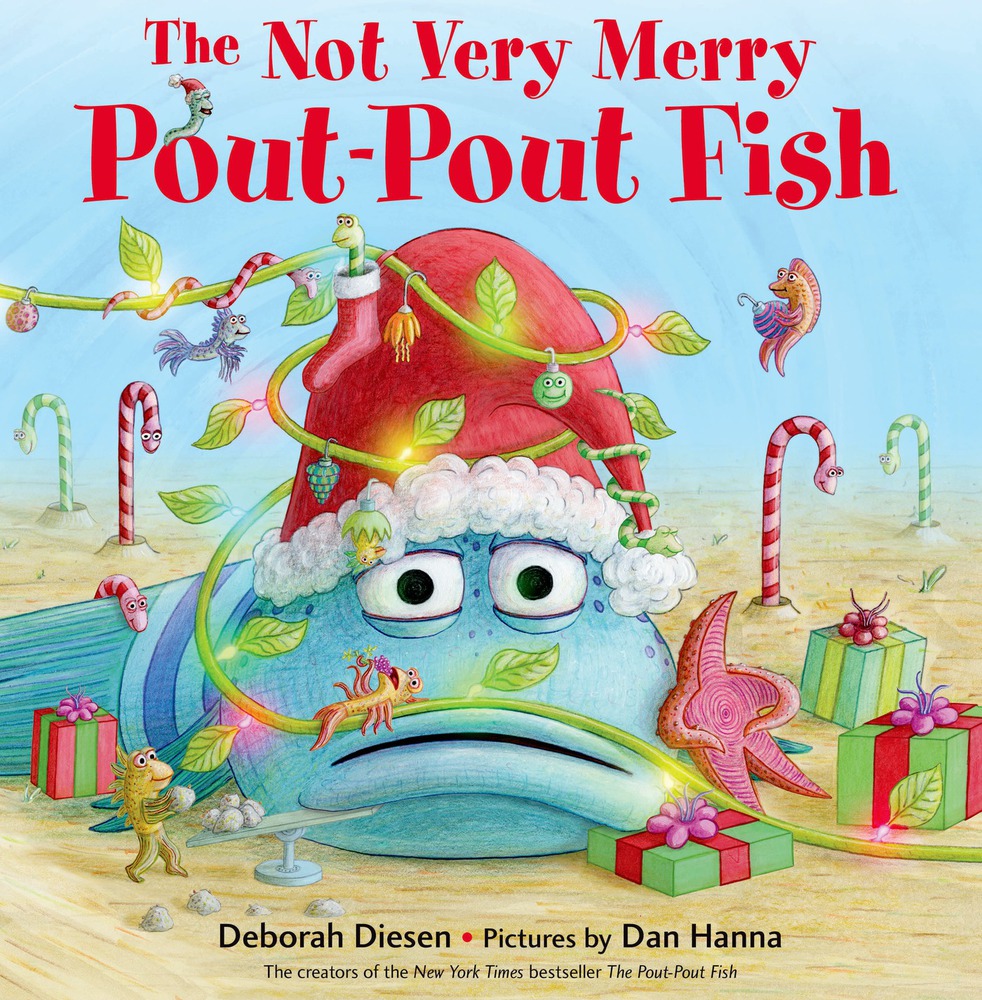
Pout-Pout Fish fans, this is the just-right book for the holiday season! The Not Very Merry Pout-Pout Fish is a wonderful addition to The Pout-Pout Fish series.
Mr. Fish feels caught up in the “tizzy-busy” rush to find the perfect gifts.
“… a gift should have meaning,
Plus a bit of bling-zing,
So I’ll shop till I drop
For each just-right thing!”
The repetition of these lines not only supports our early readers, it completely captures the overwhelmed feeling many of us get. When Mr. Fish has shopped until he’s plopped, Miss Shimmer helps him make wonderful gifts. Most importantly, they enjoy their time with their fishy friends.
Let’s scale back this season. Share The Not Very Merry Pout-Pout Fish with your kiddos, and talk about what you can make and do instead of buy. I wish you all oceans of joy and contentment this year! Find more fishy fun at www.poutpoutfish.com.
Read More“One Family” is one you need for Thanksgiving!
Thanksgiving is my favorite holiday, but it’s a challenge to find Thanksgiving picture books that connect with kids (I find many “pilgrim and Indian” books that are cringeworthy with stereotypes). This year, I’m focusing on the “thanks” in Thanksgiving and sharing One Family by George Shannon with pictures by Blanca Gomez.
The simple counting book is elevated here to show the beauty of what a family can be.
Counting up to ten, we see all kinds of inclusive loving groups: two dads and their daughter (all with different shades of skin), grandparents and kids, a family where the dad and his sons are wearing turbans, a mix of adults and kids where it’s not clear what the relationships are but who cares because they’re smiling and together. On the last page showing all the people we read, “One is one and everyone. One earth. One world. One family.”
Use this book to inspire your students to write and draw about their own families. To continue the counting 1 to 10 structure, students can write about what they are thankful for this holiday. Pair this with the wonderful new nonfiction book Families by Shelly Rotner and Sheila M. Kelly if you want to compare and contrast to hit the Integration of Knowledge & Ideas standard. I count you among my many blessings!
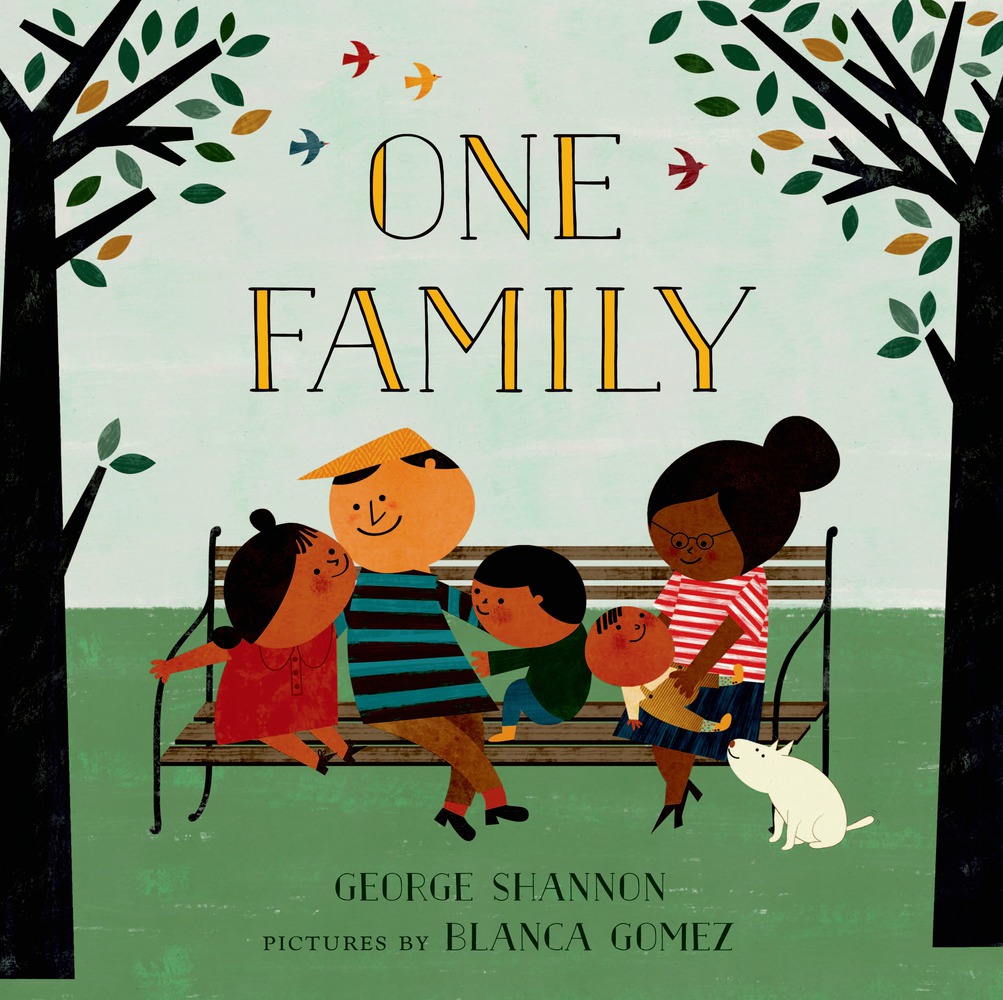
It’s allergy-safe, no cost, promotes reading = it’s the perfect Halloween treat!
Every year at Halloween, a kid (maybe your own) asks for a scary book and you think, how scary is scary for this kid? Do they like zombies, or are carrots that eat bunnies more their speed? Trick or Reaters will help you find just the right book – and give you free bonuses like audio clips of first pages to entice readers.
Trickorreaters.com is loaded with book recommendations from authors like R. L. Stine to Grace Lin to Melanie Watt. Use the Scare-O-Meter to decide how scary you want your stories to be, or select by age (from two years old to fourteen) or by genre. Want a scary story about witches for a nine-year-old? Trick or Reaters will give you book suggestions like “The Gravedigger’s Son” by Patrick Moody, treat you with an audio clip, a book excerpt, or a book trailer, and help you find the book at your local library or bookstore.
Print fun flyers from the website to tuck into goody bags or to hand out on Halloween night, and use Trick or Reaters all year long to find books that are the exact right amount of scary!
